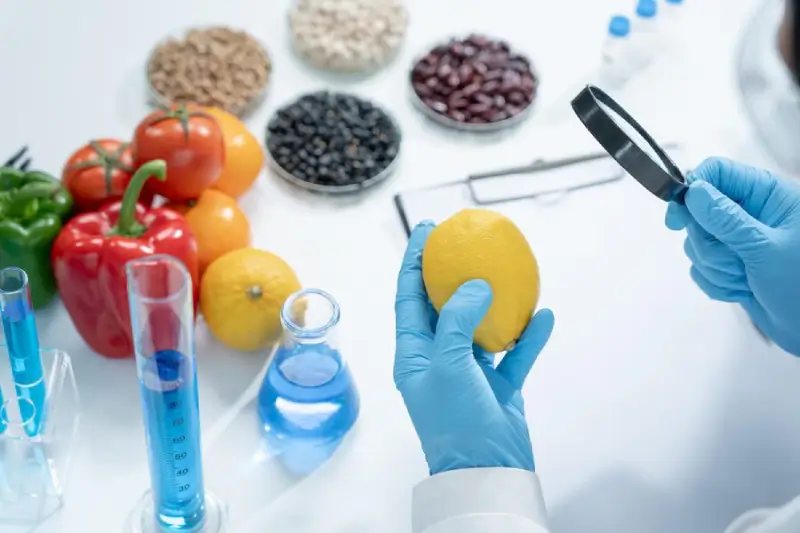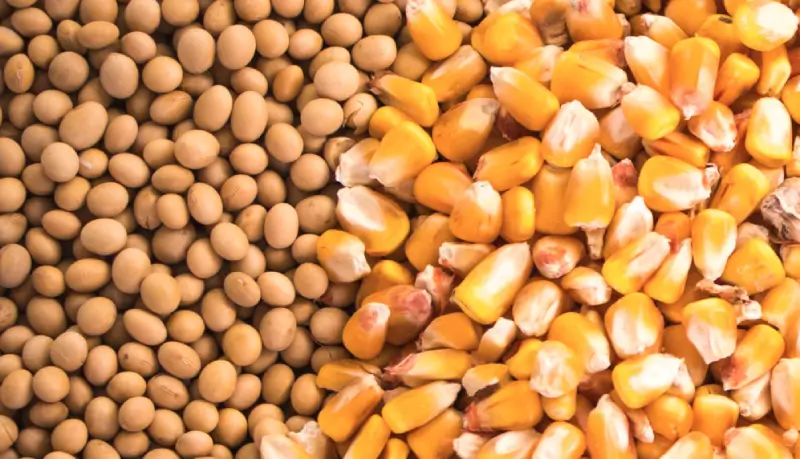
Genetically modified organisms (GMOs) play a pivotal role in modern science and agriculture, revolutionizing how we approach food production. These organisms have been altered at the genetic level to exhibit significant benefits, such as increased yield, resistance to pests and diseases, and enhanced nutritional content.
GMO varieties have become integral to modern agriculture, with various crops undergoing genetic modifications to meet the challenges of large-scale farming and supply. Let's dive into the details of the most commonly modified crops and their key traits:
Various crops have been the focus of genetic modification efforts to improve their performance and resilience. These include:

Glyphosate or Glufosinate Ammonium Herbicide Tolerance: This trait allows crops to survive applications of these herbicides, which control weeds that compete with crops for resources.
Targeting Pests: Crops are engineered to resist specific insects such as the European corn borer, corn rootworm, black cutworm, and fall armyworm. This is primarily achieved by introducing Bt toxin-producing genes from the bacterium Bacillus thuringiensis.
In GM crops, particularly corn and soybeans, the United States has commercialized a range of genetic events that showcase the sophistication of modern biotechnology. These events represent specific genetic modifications that confer desired traits to the crop. A notable technique within this field is "gene stacking," where multiple genes conferring different traits are inserted into a plant, resulting in a single crop variety with many beneficial characteristics. Below is a detailed table outlining these events:


Genome editing is a cutting-edge technology that allows precise DNA modifications, enabling significant enhancements in crop attributes and expediting the development of new varieties with improved nutrition, disease resistance, and climate resilience. This rapidly evolving field continues to shape the future of agriculture within a dynamic regulatory environment.
Genetically modified alfalfa is designed to withstand certain herbicides for more effective weed control, while canola is engineered for herbicide tolerance to support the production of healthier canola oil.
Approximately 90% of U.S. corn is genetically modified to enhance traits such as increased yield and resistance to pests and diseases.
Genetic engineering has saved papaya crops from viral diseases, becoming a success story in crop resilience and ensuring the continuation of papaya farming, particularly in Hawaii.
Soybeans are modified to improve efficiency, with 95% of U.S. soybean crops being genetically altered. Sugar beets are engineered to resist herbicides, which simplifies crop management and sugar production.
Gene stacking is a technique in which multiple genes conferred beneficial traits, such as herbicide tolerance and insect resistance, are inserted into a single plant. This results in crop varieties with multiple advantageous characteristics.
Genome editing aims to enable precise DNA modifications to create crops with improved nutrition, disease resistance, and climate resilience, thereby significantly enhancing food production and sustainability.
The two main traits are herbicide tolerance, which allows crops to survive herbicide applications, and insect resistance, which protects crops from pests like the European corn borer and corn rootworm.
Genetically modified summer squash can resist plant viruses, and cotton has been altered to resist pests and tolerate herbicides, reducing the need for chemical pesticides.
The regulatory landscape for genome-edited crops is complex. It varies by country, with some nations considering edited crops as equivalent to conventionally bred varieties, while others regulate them as GMOs. These policies are continually evolving to keep pace with technological advancements.
© 2024 FoodChain ID | Privacy Policy | Terms Of Use | Internet Marketing by Authority Solutions®